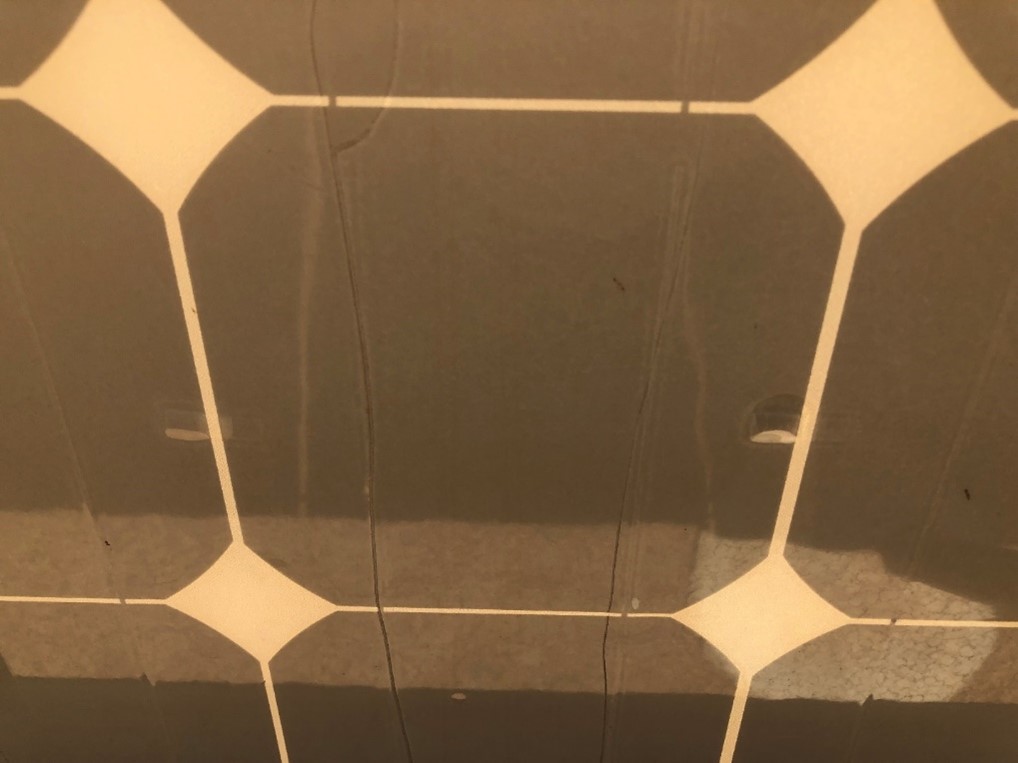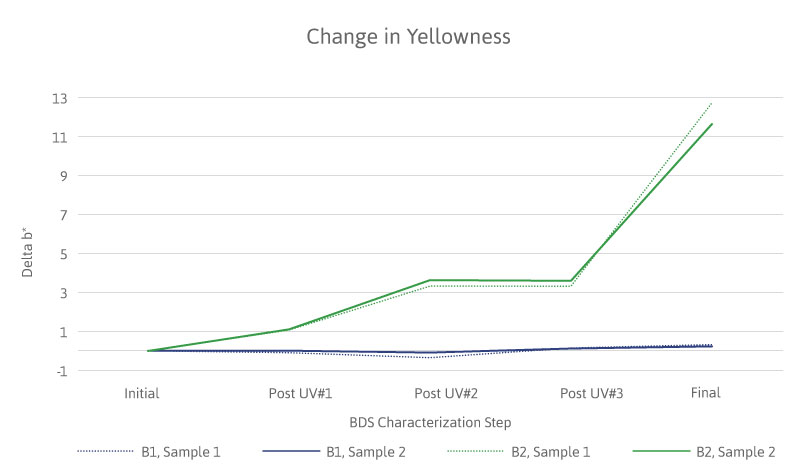Widespread reports of backsheet failures in fielded modules prompted PVEL to introduce the Backsheet Durability Sequence (BDS) to the PQP in 2019.
PVEL is pleased to share that no catastrophic backsheet cracking failures have occurred in PQP testing to date.
However, it is important to note that PQP participants choose which of their BOMs are factory witnessed and submitted for PQP testing. It is also important to note that less than 10% of commercially available backsheet models have completed BDS testing.
After module certification testing, manufacturers are free to use any of the 100+ backsheet models on the market in commercially available products. Some will suffer failures, and it is well-documented that certification testing does not identify failure-prone backsheets. Specifying PQP-tested BOMs with strong BDS results will help ensure that backsheets and modules perform as anticipated.





